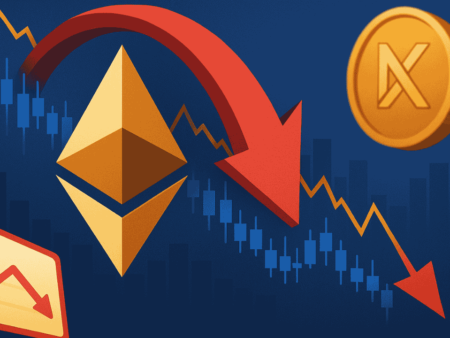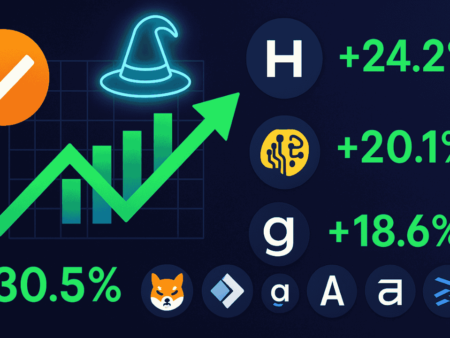A groundbreaking research paper published in June 2025 has unveiled a next-generation model for stablecoin stabilization — one that fuses artificial intelligence with cross-chain interoperability. The result is a system capable of maintaining a stable value while operating across multiple blockchains, all without sacrificing privacy.
Why stablecoins still face volatility risks
Despite their name, not all stablecoins remain perfectly stable. Asset-backed tokens like USDC or USDT depend on collateral reserves and centralized issuers, while algorithmic stablecoins attempt to maintain value through supply adjustments. Both approaches have strengths but also vulnerabilities — ranging from regulatory risk to depegging during market stress.
The new research argues that hybrid stablecoins — backed by a mix of on-chain collateral and adaptive algorithmic controls — can solve many of these issues. And when enhanced with AI, the stabilization process becomes significantly faster and more efficient.
How the AI-enhanced model works
At the heart of the proposed system is an AI monitoring layer that constantly analyzes price data, trading volumes, and liquidity flows across multiple blockchains. When it detects early signs of volatility, the AI can trigger automated balancing actions — such as adjusting collateral ratios, altering token supply, or incentivizing arbitrage.
What makes this model unique is its cross-chain execution engine. Instead of limiting stabilization efforts to a single blockchain, it can move collateral and liquidity between networks in real time. For example, if a liquidity crunch occurs on Ethereum, the protocol can instantly tap reserves on Solana or Avalanche to stabilize the peg.
Privacy as a design priority
One of the most notable aspects of this research is the emphasis on privacy-preserving computation. Stablecoin stabilization requires access to sensitive trading and liquidity data, but exposing this information on-chain can compromise user privacy.
The proposed system uses zero-knowledge proofs and encrypted multi-party computation to allow the AI to perform calculations without revealing individual transaction details. This ensures transparency in decision-making while protecting user confidentiality.
Advantages over traditional models
The paper highlights several ways in which AI-driven hybrid stablecoins outperform current solutions:
- Faster reaction times: AI agents can respond to market shifts in seconds, preventing cascading depegs.
- Reduced reliance on a single blockchain: By spreading reserves across networks, systemic risk is lowered.
- Self-learning optimization: The AI continuously improves stabilization strategies based on historical performance.
Real-world implications and adoption potential
If deployed, this technology could dramatically improve the resilience of decentralized finance (DeFi). Cross-chain stablecoins could be used for seamless payments, trading, and lending without the fear of sudden price instability.
Institutional adoption could also rise, as regulated entities often require stability mechanisms that go beyond collateral ratios. The combination of AI oversight, multi-chain reserves, and privacy safeguards could address both regulatory and operational concerns.
However, the research warns that governance will be crucial. Whoever controls the AI model will wield significant influence over the stablecoin’s behavior, meaning that open-source, community-audited algorithms should be the norm to prevent centralization risks.
A step toward a self-regulating digital currency
While still in the experimental stage, AI-driven hybrid stablecoins could mark the beginning of self-regulating digital currencies — assets that can autonomously maintain value across fragmented blockchain ecosystems.
If this vision is realized, stablecoins could become the true backbone of DeFi, enabling trustless global finance with stability that rivals traditional currencies.











